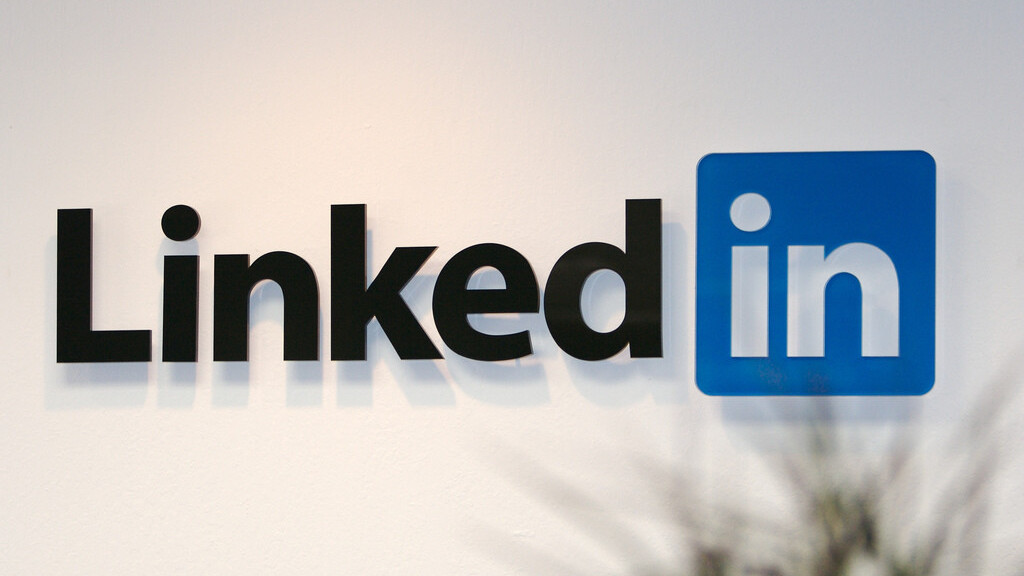
LinkedIn today announced it has added optional two-step verification to its user accounts. The feature is another layer of security to protect against the increasing number of attacks on social media sites and other high-profile services.
For those who don’t know, two-step verification requires you to use more than one form of verification to access an account. Typically, this information includes “knowing something” such as a password and “having something” such as a mobile device.
To turn on two-step verification on LinkedIn, hit the icon in the top-right corner of the site, click on “Privacy & Settings,” and then on “Manage security settings” at the bottom. From there, choose Account on the left, click on the green “Turn On” link under the “Two-step verification” section, and hit the blue “Done” button. Lastly, you’ll need to provide your phone number and verify the code sent to your device.
If you prefer a more visual explanation, check out these slides LinkedIn has provided:
Two-step verification requires an account password and a numeric code sent to your phone via SMS. This means malicious attempts to access your account will require your password as well as access to your mobile phone.
LinkedIn hasn’t been hit as hard as other social networks, such as Twitter, when it comes to compromised accounts, but it’s still great to see the company proactively offering this feature. On the other hand, the number of steps required to turn it on could be significantly cut down, and LinkedIn should also make an effort to promote the feature’s availability directly on its site.
The reason two-step verification is so effective is quite simple: most accounts become compromised from new or unknown computers or devices. Nevertheless, nothing is a fool-proof solution, and even if you enable two-step verification, you should still make a conscious effort to use a complex password, not click on suspicious links, and of course keep your phone safe.
See also – Twitter unveils login verification, a form of two-factor authentication to better protect accounts via SMS and Evernote rolls out 2-factor authentication to premium accounts, coming to all users in ‘near future’
Top Image Credit: mariosundar / Flickr
Get the TNW newsletter
Get the most important tech news in your inbox each week.





